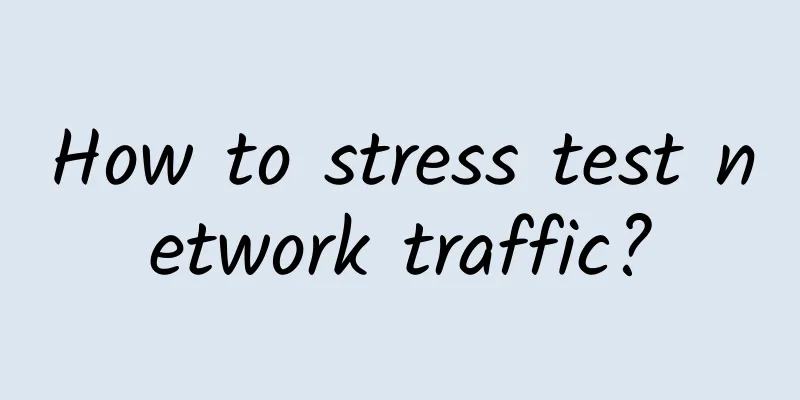PoE Basics: Do You Really Understand PoE?

|
By transmitting both data and power over the same cable, PoE reduces the need for additional cabling, saving project costs and redundant cabling. Today, PoE enables the centralization of building controls, including power and IoT. PoE BasicsWith PoE, the current enters the data line at the power source (PSE – Power Sourcing Equipment – Switch) and exits at the device (PD – Powered Device). The current is obviously separate from the data signal and the two do not interfere with each other. The PSE delivers power to the cable through the switch (also called endspan) or midspan (if the midspan is located anywhere other than the end of the cable). On the other hand, the PD (Powered Device) also consumes power. Network cables such as Cat 5e, Cat 6, Cat 6A, etc. consist of 8 wires arranged as 4 twisted pairs. For 10 and 100Base-T Ethernet, 2 of the pairs are used to send information, these pairs are called data pairs. The other 2 pairs are not used, called spare pairs (Gigabit Ethernet uses all four pairs). Since the current flows in a loop, two conductors are required to carry power through the cable. PoE treats each pair as a single conductor and can use either 2 data pairs or 2 spare pairs to carry current. It can also use 4 pairs at the same time. Power over Ethernet is injected into the cable at 44 to 57 volts DC (48 volts is typical). The voltage allows for efficient power transfer along the cable while still being low enough to be safe for the user. However, it can still damage devices that are not designed to receive PoE. Therefore, before a PoE switch or midspan can power a PoE device, a signature detection process must be performed. Signature detection uses a lower voltage to detect the characteristic signature of an IEEE compliant PD (25kOhm resistor). Before the port turns on the PoE device, the PSE and PD need to complete the "handshake process" (detection, classification and surge) to ensure a valid PD connection. The PSE initiates this process by sending a sense current signal and calculates the sense resistor based on the measured voltage. If the sense resistor falls within the range of 23.75kΩ to 26.25kΩ, it is considered valid. After successful detection, the PSE starts classification by sending a voltage signal, while the PD removes the detection resistor on the port and presents the classification resistor. If the PD determines that the classification signal is valid, the PD turns on the internal LDO and applies a 2.5V voltage to the classification resistor. The PSE measures the current flowing through the class resistor and identifies the class level of the PD. Finally, after a valid classification result is obtained (meaning there is no overcurrent or class mismatch), the PSE will turn on the port and start monitoring the inrush current. At the same time, the PD takes control to limit the inrush current. Even after power is supplied, the PSE continues to monitor the current and will shut down the power if the current is too high, a short circuit occurs, or the PD is unplugged. This means that there will be no problems connecting non-compliant devices such as printers, fax machines or PCs - because these devices do not carry the IEEE 802.3af signature, the port will automatically disable power. However, if using integrated PoE on a 24-port network blade, and many of the ports support non-powered devices, it may be more prudent to use a midspan and only connect the powered ports to the devices that require it. This will reduce overall installation costs. PoE Standards OverviewBoth IEEE802.3af and 802.3at provide power through two of the four twisted pairs of the Ethernet cable. The latter is backward compatible with 802.3af. Subsequently, several non-standard solutions were developed. The HD Base-T Alliance introduced Power over HD Base-T (“PoH”) in 2010. It provides video, audio, control, 1000Mbps Ethernet, and power up to HD Base-T 4K. PoE Basics: Do You Really Understand PoE? The various PoE system classes range from 1 to 8. Types 1 and 2 (IEEE 803.2af and IEEE 803.2at) include Classes 1 to 4. Type 3 (IEEE 802.3bt) includes Class 5 up to 40W and Class 6 up to 51W. Type 4 (also known as IEEE 802.3bt) includes Class 7 up to 62W and Class 8 up to 73W at the PD. Note that the power levels of the PSE and PD are different. Some power loss due to heat dissipation has been budgeted. The International Organization for Standardization (ISO) and the Telecommunications Industry Association (TIA) are working to update standards to support 4-pair PoE in line with IEEE 802.3bt, with their respective Technical Service Bulletin, TSB-184-A, and ISO’s Technical Report – ISO/IEC TR 29125. These provide cabling guidelines for 4-pair 802.3bt PoE transmission, as well as other applications. These international standards provide information on installation conditions, cable bundle size guidelines for different categories of 4-pair Ethernet cables, and the maximum power allowed in the cables. They also describe methods to help manage temperature rise within cable bundles. In 2015, UL conducted a study to investigate the effects of higher current levels on communications cables and the safety of using such cables. One important observation was that even a small increase in current resulted in a significant increase in measured temperature. Another observation was that changes in cable construction had a significant effect on measured temperature. UL has since introduced the Limited Power (LP) certification to indicate that the cable has been evaluated to carry the marked current under the recommended installation conditions without affecting the cable's temperature rating. This marking is for reference only and is optional. The LP cable marking simply indicates that the cable has been evaluated by UL to carry the marked current without exceeding the cable's temperature rating. Misconceptions about PoEPoE has compatibility issues - In the early days of PoE, many home-grown proprietary schemes were used to get power through network cables. However, as PoE has become more popular, the IEEE 803.3af standard has been universally adopted, which means that compatibility between all modern PoE devices is guaranteed. PoE requires electrical knowledge - IEEE 802.3af PoE is designed to ensure that regular Ethernet can operate reliably in any configuration. All the user has to do is connect to the network normally, and the device will take care of the power delivery. PoE requires special cabling - it doesn't, the same cabling - Cat 5e, Cat 6, Cat 6A etc - and 'RJ45' type connectors can be used for both regular LANs and PoE enabled LANs. PoE is forced into devices - This misconception is very common, however, according to the "handshake" process described above, the PSE will only provide the power required by the PD. If the PD stops working for any reason, the PSE will shut off the power. It is important to remember that the power ratings quoted by the manufacturer are upper limits. |
<<: Efficiently build vivo enterprise-level network traffic analysis system
>>: Global Power over Ethernet Lighting Solutions
Recommend
Ruijie launches the new generation of smart classroom "A Good Class" to activate education informatization 2.0
On April 2, Ruijie Networks held a new product la...
DiyVM: Hong Kong CN2 & Japan & US VPS, KVM architecture, 2G memory starting from 50 yuan/month
DiyVM is a Chinese hosting company founded in 200...
The first step in learning networking: a comprehensive analysis of the OSI and TCP/IP models
Hello, everyone! I am your good friend Xiaomi. To...
From concept to implementation, blockchain's diversified applications activate the big data economy
As Bitcoin hits new highs again and again this ye...
With the three major operators working together to promote 5G messaging, how far is it from success?
On April 8, China Mobile, China Telecom, and Chin...
Selection of the most influential events in the communications industry in 2020
Looking back at the year 2020, there are many eve...
From 0G to 5G, the ups and downs of mobile communications over the past century
During World War II, Motorola's SCR series wa...
Is HTTP really that difficult?
HTTP is the most important and most used protocol...
Overview of the five major 5G wireless technologies
Two of the five most important wireless technolog...
RackNerd: AMD Ryzen series promotion starts at $18/year, Dallas/Seattle/New York and other data centers
RackNerd has once again released a promotional pa...
RAKsmart March Promotion: Popular VPS starting at $1.99/month, E3-1230 dedicated server only $30/month
RAKsmart has launched a promotional event for Mar...
In the first interview of Byte, I was asked two classic questions! Do you know what they are?
Hello everyone, I am Xiaolin. A reader of FaceByt...
10g.biz Hong Kong CN2 VPS simple test
A group friend asked about the information about ...
The story of spectrum: Gigabit is just the beginning
At the end of 4G development, the most advanced m...
ColoCrossing 25% off: $2.96/month - 1GB/25G SSD/20TB@1Gbps/Los Angeles & New York data centers
Last month, the blog shared information about Col...









